Receive our newsletter
Your e-mail address is only used to send you our newsletter and information about the activities of Strasbourg Europe. You can always use the unsubscribe link included in the newsletter.
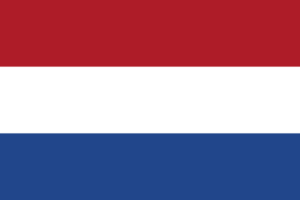
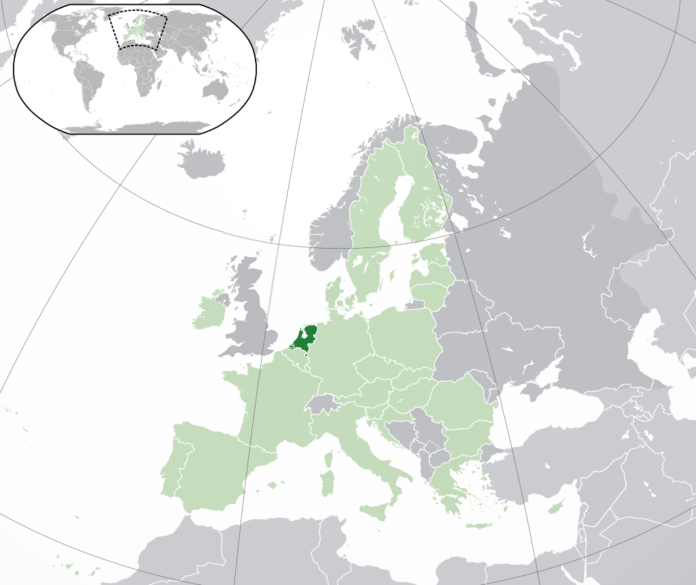

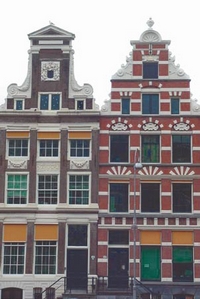 Amsterdam is the political capital of the Netherlands. The city is built around a major canal network, and includes no less than 90 islands and 1,281 bridges, earning it the nickname “Venice of the North”. Amsterdam expanded rapidly during the 17th century, contributing to a period of prosperity for its country. As a major center for international trade, Amsterdam grew wealthy thanks to trade with the Netherlands and the Indies, and benefited from a wide range of influences, making it an impressive city where the arts are concerned. Here, visitors can find the Rijksmuseum, which exhibits some of the Netherlands’ finest collections of paintings. Amsterdam is today at something of a crossroads, midway between this past which gave it some of Europe’s finest buildings, and the future. The capital is a modern, thriving city, the cradle and meeting place of various avant-garde movements, which offer the world their creativeness and fresh ideas. This combination of the town’s past and of its forward-looking spirit makes Amsterdam a truly unique city, and one very much at the cutting edge of social and cultural change.
Amsterdam is the political capital of the Netherlands. The city is built around a major canal network, and includes no less than 90 islands and 1,281 bridges, earning it the nickname “Venice of the North”. Amsterdam expanded rapidly during the 17th century, contributing to a period of prosperity for its country. As a major center for international trade, Amsterdam grew wealthy thanks to trade with the Netherlands and the Indies, and benefited from a wide range of influences, making it an impressive city where the arts are concerned. Here, visitors can find the Rijksmuseum, which exhibits some of the Netherlands’ finest collections of paintings. Amsterdam is today at something of a crossroads, midway between this past which gave it some of Europe’s finest buildings, and the future. The capital is a modern, thriving city, the cradle and meeting place of various avant-garde movements, which offer the world their creativeness and fresh ideas. This combination of the town’s past and of its forward-looking spirit makes Amsterdam a truly unique city, and one very much at the cutting edge of social and cultural change.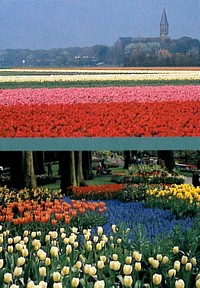 The Netherlands is very proud of its flowers! You will find them wherever you go: in the markets, in the fields, on the store shelves, and also, of course, in Dutch homes. From growing flowers from bulbs, to exporting them by air, flowers receive minute by minute attention every step of the way. No country in the world grows as many flowers as the Netherlands. Horticulture is the leading agricultural sector here. The Netherlands accounts for approximately 70% of the world production of flower bulbs, equal to some 10 billion units! The wide diversity of the species grown in the Netherlands has made the country world famous. In less than half a century, up to 600 new varieties have been identified. The tulip, however, remains the most symbolic for the Dutch. This characteristic flower, whose name comes from the Turkish word “tülbend” which means turban, owes its origin to a Flemish ambassador during the 16th century who discovered the seed for the flower in Turkey. Grown between April and May, the tulip delights flower lovers everywhere. Whether in bouquets or gardens, the tulip has become the national flower of the Netherlands.
The Netherlands is very proud of its flowers! You will find them wherever you go: in the markets, in the fields, on the store shelves, and also, of course, in Dutch homes. From growing flowers from bulbs, to exporting them by air, flowers receive minute by minute attention every step of the way. No country in the world grows as many flowers as the Netherlands. Horticulture is the leading agricultural sector here. The Netherlands accounts for approximately 70% of the world production of flower bulbs, equal to some 10 billion units! The wide diversity of the species grown in the Netherlands has made the country world famous. In less than half a century, up to 600 new varieties have been identified. The tulip, however, remains the most symbolic for the Dutch. This characteristic flower, whose name comes from the Turkish word “tülbend” which means turban, owes its origin to a Flemish ambassador during the 16th century who discovered the seed for the flower in Turkey. Grown between April and May, the tulip delights flower lovers everywhere. Whether in bouquets or gardens, the tulip has become the national flower of the Netherlands.
© Dutch tourist office
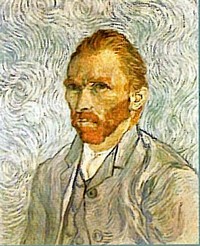
 Around a quarter of Dutch territory is located below sea level. The “lowlands” are chiefly comprised of polders, which are plots of land surrounded by dykes, in which the underground water level is artificially controlled.
Around a quarter of Dutch territory is located below sea level. The “lowlands” are chiefly comprised of polders, which are plots of land surrounded by dykes, in which the underground water level is artificially controlled.Your e-mail address is only used to send you our newsletter and information about the activities of Strasbourg Europe. You can always use the unsubscribe link included in the newsletter.
Information Center
on the European Institutions (CIIE)
Europe Direct Information Center
All rights reserved to the CIIE
Non-profit organization
Mailing address
1 allée Kastner
67000 Strasbourg
France
Visitors entrance
8 rue Boecklin
67000 Strasbourg
France
To provide the best experiences, we use technologies such as cookies to store and/or access device information. Consenting to these technologies will allow us to process data such as browsing behavior or unique IDs on this site. Failure to consent or withdrawing consent may adversely affect certain features and functions.
Europe Direct network
The CIIE team
Contact information and opening hours
Lieu d’Europe
The CIIE offices
Contact us
CIIE’s Documentation Centre & Publications
School presentations & Activities
Borrowing of learning material
Activities for the general public
Institutions of the European Union in Strasbourg
Institutions Under the Authority of the Council of Europe
Other European Organisations in Strasbourg
Sessions of the European institutions in Strasbourg
Visiting the institutions
Map of the European district of Strasbourg
Institutions in Strasbourg in photos
Discover artistic Europe
National holidays of the member states of the Council of Europe